Ábrahám Ganz, the founder of the Ganz Iron Foundry, reached his peak in 1867, the year when the hundred thousandth cast iron railway wheel was completed. The successful product was sought and bought by many railway companies in Europe from the well-run Hungarian foundry. That is why it was unexpected and shocking when, on 15 December 1867, he suddenly got up from the dining table of his palace in Pest, apologised, went out into the circular corridor, and threw himself off to the floor.
After the suicide of the factory founder, the heirs living in Switzerland then made a bold decision, entrusting the management of the company, which employed 370 people, to three professionals, Antal Eichleter, Ulrik Keller and András Mechwart. Shortly afterwards, the heirs sold the company, which from 1869 continued to operate under the name Ganz and Co. Iron Foundry and Machine Factory PLC (Ganz és Társa Vasöntő- és Gépgyár Részvénytársulat). And the technical director was András Mechwart, who worked at Ganz for 10 years and was still only 35 years old.
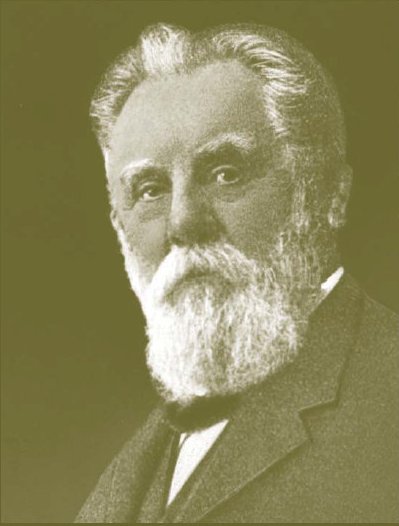
András Mechwart in 1899 (Photo: Wikipedia)
András Mechwart was born in Bavaria in 1834, where he obtained a degree in engineering in 1855. The locksmith from a poor family had the opportunity to do so because his exam dazzled the leaders of his city, Schweinfurt, so much that they enrolled him in the University of Augsburg, which he finished beside working.
He came to Hungary in 1859, originally to visit a friend, Antal Eichleter (who's sister later became the wife of Mechwart), who in turn introduced the young 25-year-old engineer to his boss, Ábrahám Ganz of Swiss descent. Although Mechwart wanted to work in Galicia because he had a job offer from a railway company there, Ganz persuaded him to take a job at his company.
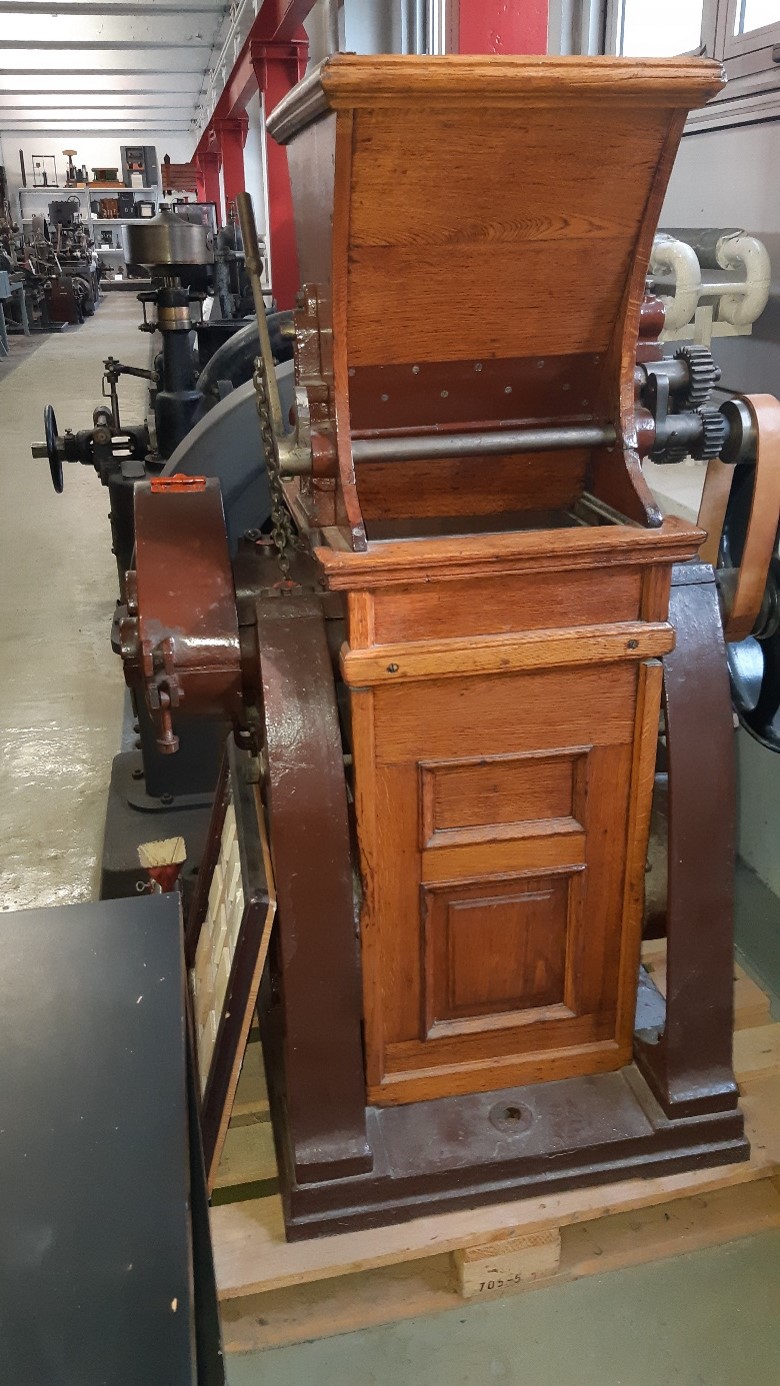
Mechwart Roller Mill in the MMKM Technical Study Stores (Photo: MMKM)
The young engineer was entrusted by Ganz with the machine shop of the iron foundry, where casting rollers and other smaller machines were made for the mills. Mechwart ran and developed this machine shop, thanks to this, in 1867 he was elected to the management of the company by the heirs of Ábrahám Ganz living in Switzerland.
During the economic crisis of 1873, the other two directors resigned and Mechwart remained in charge of the entire factory. And in the next quarter of a century, Ganz and Co. Iron Foundry and Machine Factory PLC became a huge, incredibly successful company, thanks to the fact that Mechwart was not only a talented engineer and inventor, but also a leader who, on the one hand, dared to entrust young engineers with new things, and always chose well where to develop the plant.
Mechwart had 27 patents, the most significant of which was the further development of the cast-iron steel roller mill, which allowed Ganz to achieve international success in the manufacture of mill machinery, for example, equipment was delivered to 200 mills to Australia alone. The rolling mills were assembled by Ganz from standardised parts, from which a total of 60 types of equipment could be made according to the customer's needs. By 1907, more than 30,000 Ganz rolling mills had been made.
But in addition, Mechwart patented, among other things, railway switch parts, a clutch, a grenade, and a felling machine.
Mechwart founded the electrical department in Ganz as early as 1878, and asked Károly Zipernowsky to lead it, who, with his colleagues Miksa Déri and Otto Bláthy, made inventions here, such as the transformer.
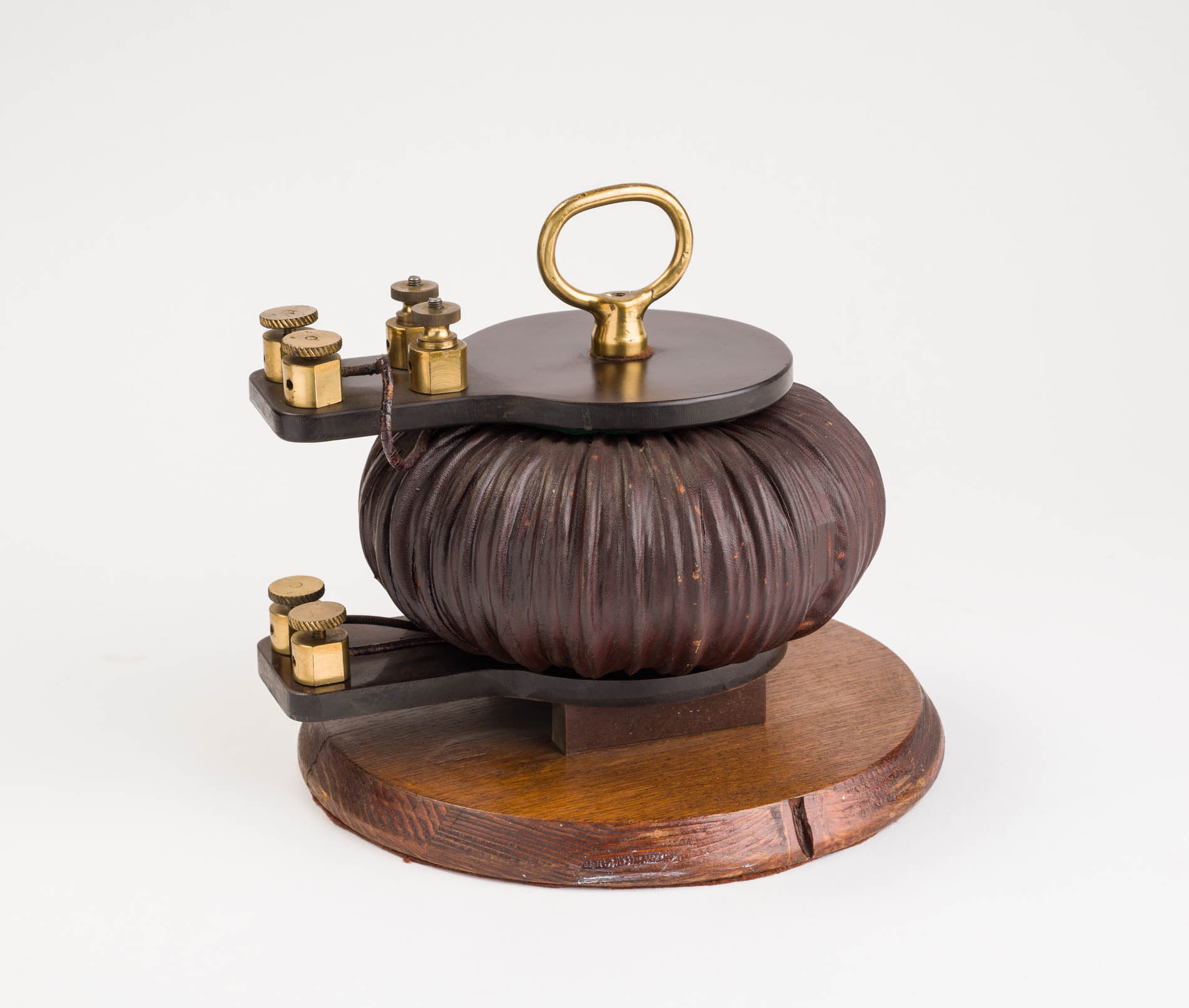
A copy of the old transformer in the collection of the Technical Study Store of MMKM (Photo: MMKM)
Based on this background, at the persuasion of a young engineer of the factory, Kálmán Kandó, Ganz was the only one to apply for one of the defining railway construction projects of the 19th century, the electric traction railway to be built in Italy's Tellina Valley. The assignment was for the entire system, the locomotives and the power generation equipment. The success was enormous, with the Kandó-system locomotives manufactured in Ganz running on the world's first large-scale electric traction line from 1902, and Ganz's power generators providing the energy.
Ganz has also expanded abroad, buying plants in Austria or a smelter in Croatia, for example. After buying a factory in Austria, Mechwart entrusted Donát Bánki and János Csonka to somehow try to make the petrol engines (which were not yet structures intended for vehicles, but stable engines for powering machines) that were bought with the factory, but which were not really working, functional. From this collaboration the carburettor was born in 1893.
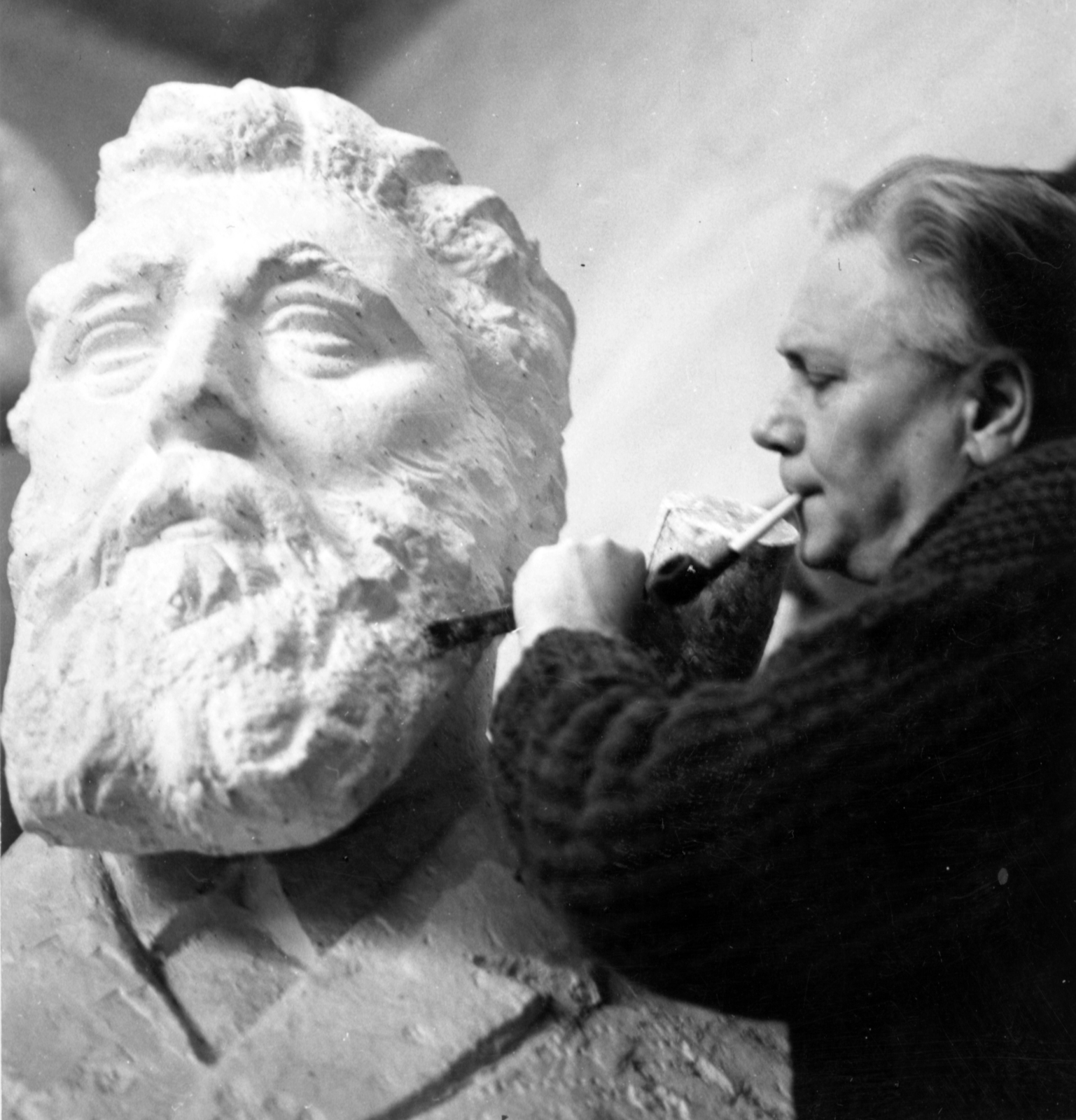
The statue of András Mechwart is modelled by András Kocsis in 1965 (Photo: Fortepan/Reference No.: 101166)
András Mechwart retired in 1899. He took over a plant of 370 people and left behind an internationally renowned corporate giant with 6,000 employees, which provided its workers with an above-average social system in addition to its outstanding products of the age.
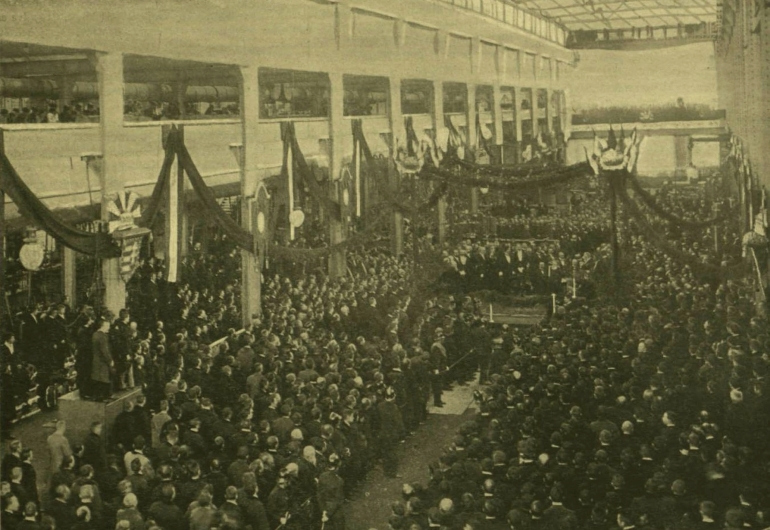
Reporting of the 40th Jubilee of András Mechwart in Vasárnapi Ujság, on 10 December 1899
At that time, on 10 December 1899, the Vasárnapi Ujság wrote:
“Of particular note is the good relationship that exists between management, officials and workers at the Ganz plant under Mechwart's leadership. The company set up a pension fund for its officials and an aid fund for its workers, as well as building workers' houses. The Ganz factory is a real school not only for Hungarian but also for foreign engineers in many cases; many men who are now in leadership positions have come out of this reputable school. And the fact that Mechwart became a truly faithful son of his second homeland, Hungary, is proved by the fact that the Ganz factory has become almost completely Hungarian in terms of the language of its administration and the origin of its employees; 90% of its officials are Hungarian, and the success of its companies is the success and triumph of our domestic industry.
Mechwart's merits have so far received many accolades: he has repeatedly been given the highest recognition. Owner of the Commander's Cross of the Order of Franz Joseph, the Third Class Order of the Iron Crown, the Knight's Cross of the Order of Franz Joseph, and recently the king awarded him Hungarian nobility. He was also awarded German and Belgian insignia. Three years ago, the Hungarian Academy of Sciences awarded Mechwart the first Wahrmann Grand Gold Medal, and with this he also won the laurels he deserved from the side of science."
The Ganz was already interested in the manufacture of railway vehicles, the milling industry, the manufacture of turbines, the agricultural machinery industry, the electrical engineering industry, shipbuilding and the manufacture of internal combustion engines.
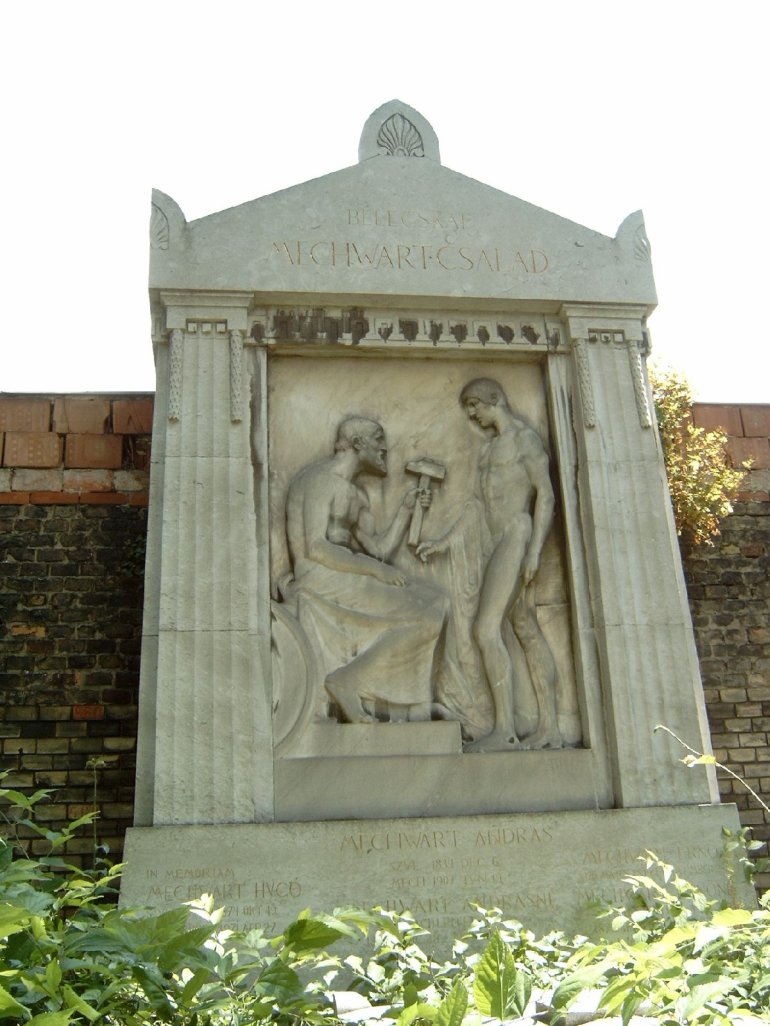
Tomb of András Mechwart in the Fiumei Road National Graveyard. The work of architect Ignác Alpár and sculptor Ede Telcs (Source: oszk.hu)
The Bavarian-born Mechwart learned Hungarian, loved Hungarian literature and translated his name into Hungarian. After working for the company for 40 years, he retired in 1899. At that time he received a Hungarian nobility from Franz Joseph with the title Belecskai.
However, he did not leave the company, he worked as an expert at Ganz until his death on 14 June 1907. His grave is located in the Fiumei Road National Graveyard.
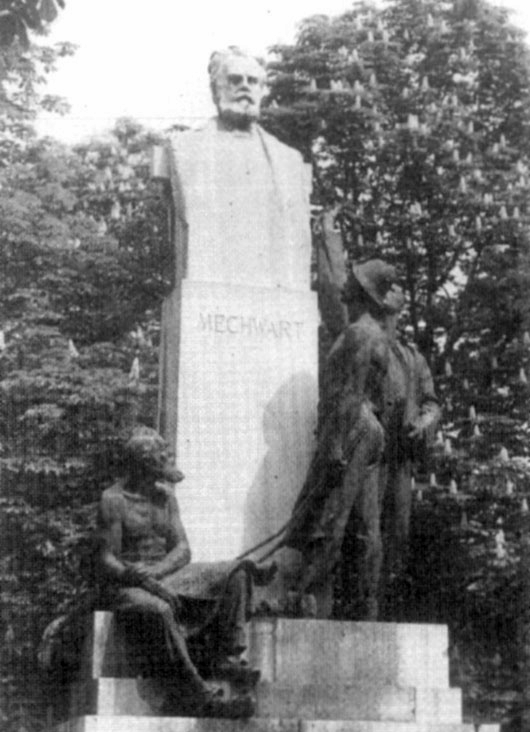
The statue of András Mechwart, inaugurated in 1913, created by Alajos Stróbl, which was destroyed in World War II
His statue, made by Alajos Stróbl, was erected in 1913 in the square near the site of the Ganz Factory, in the 2nd District, the side characters of the work were a young engineer and an old foundry worker. Thirteen years after the monument was handed over, the square was also named Mechwart Park.
The group of statues was destroyed in World War II. The bust that can still be seen at the Mechwart Park was made by sculptor András Kocsis, the monument, now without additional figures, was inaugurated on 4 December 1965.
Cover photo: The Ganz Factory in Buda in 1891 (Source: Ország-Világ, 21 February 1891)

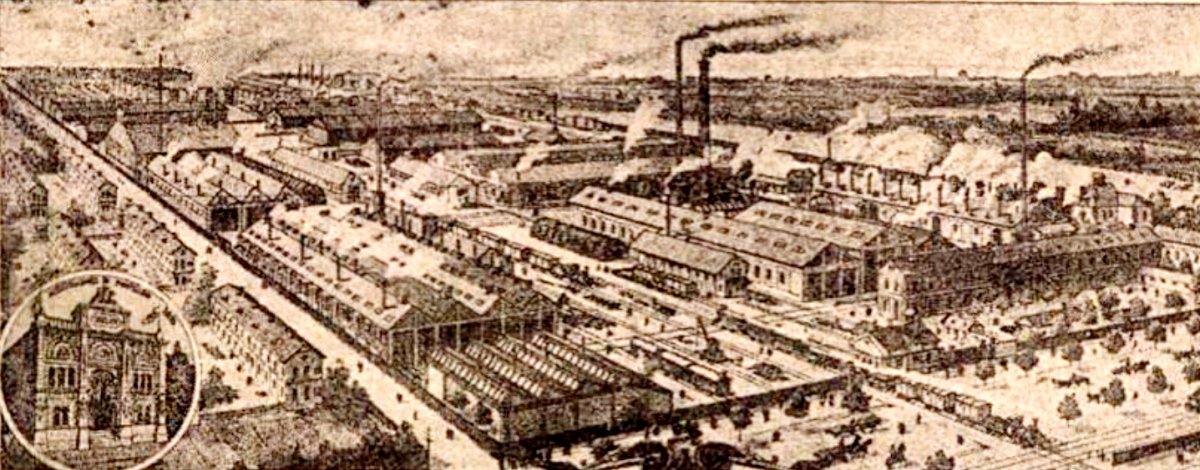


































Hozzászólások
Log in or register to comment!
Login Registration